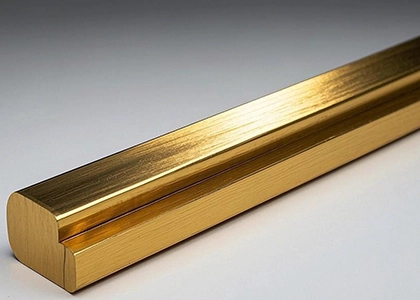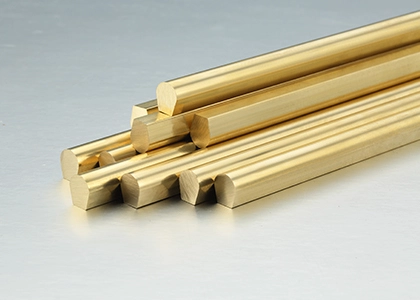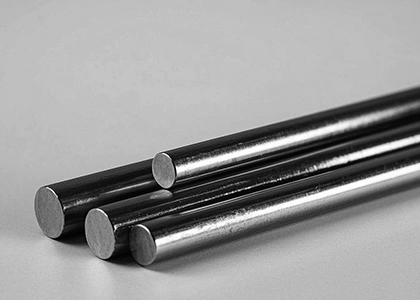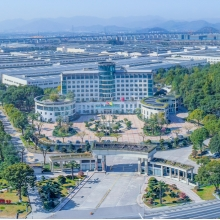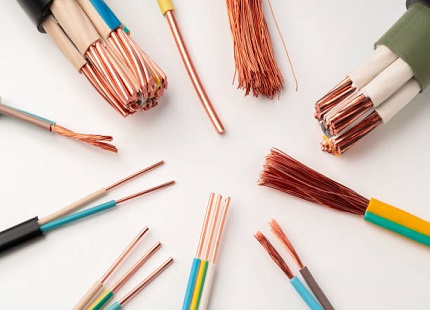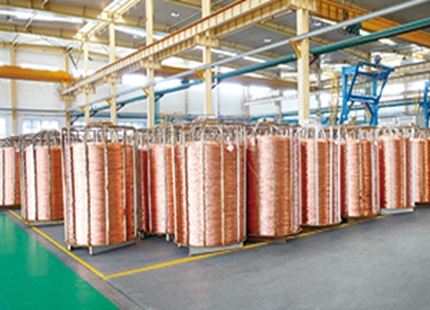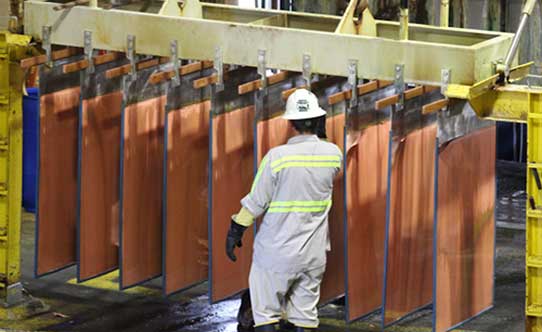Designation and Standards
Standard Designation: H80 (Common Brass)
International/National Standards: GB/T 2041-1989 (Plates, Strips, etc.)
Material Category: Copper-Zinc Alloy (Cu-Zn), Copper Content 79.0%-81.0%, Zinc as the remainder.
Product Features
Balanced Strength and Plasticity: Tensile strength ≥265 MPa, elongation ≥50%, with excellent cold and hot working ability.
Superior Corrosion Resistance: Good resistance to freshwater and atmospheric corrosion. For seawater environments, corrosion control is necessary (corrosion rate 0.0075-0.1 mm/a).
Wide Processing Adaptability: Supports cold rolling, hot rolling, welding, and other processes, suitable for manufacturing thin wall pipes and corrugated pipes.
Stress Corrosion Sensitivity: Low-temperature annealing (260℃) after cold working is required to relieve internal stress and prevent cracking.
Common Product Forms and Specifications
Product Form | Specification Range | Typical Application |
Plate | Thickness 0.2-100mm, Width 305-1000mm | Architectural decoration, instrument casings |
Strip | Thickness 0.01-2.0mm, Width 4-600mm | Electronic components, metal filters |
Tube | Outer Diameter 1-600mm, Wall Thickness 0.1-100mm | Condenser tubes and radiators |
Wire | Diameter 0.01-15.0mm | Welding wires, spring components |
Bar | Diameter 1.0-200mm, Length 2500-6000mm | Mechanical Structural Parts |
Chemical Composition
Element | Cu | Zn | Pb | Fe | Total Impurities |
Content (%) | 79.0-81.0 | Remainder | ≤0.03 | ≤0.10 | ≤0.3 |
Physical Properties
Property | Value | Test Condition |
Density | 8.66-8.67 g/cm³ | Normal temperature |
Thermal Conductivity | 140.2-141.7 W/(m·℃) | Similar to Pure Copper |
Coefficient of Thermal Expansion | 19.1×10⁻⁶/℃ (20-300℃) | Reference Value for Thermal Stability |
Melting Point | 966-1001℃ | Alloy Melting Range |
Electrical Conductivity | 32% IACS (Soft State) | Lower than Pure Copper |
Mechanical Properties
Property | Value | Test Condition |
Tensile Strength (σb) | ≥265 MPa | Plate (Thickness ≥0.5mm) |
Elongation (δ10) | ≥50% | M, High Ductility |
Hardness | Medium (Exact Value Not Specified) | Refer to Common Brass Hardness Range |
Hot Working Temperature | 820-870℃ | Recommended Processing Temperature |
Annealing Temperature | 600-700℃ (Conventional Furnace Annealing) | Eliminate cold work hardening |
Core Advantages
Outstanding Comprehensive Performance: Balanced strength, plasticity, and corrosion resistance, suitable for complex processing.
High Environmental Corrosion Resistance: Excellent service life in freshwater and atmospheric conditions, superior to common carbon steel.
Versatile Forms: Available in plates, tubes, wires, and more , adaptable to industrial customization needs.
Main Application Fields
Construction Industry: Decorative fittings, plumbing parts, metal filters.
Electronics: Waveguides, instrument casings, heat dissipation components.
Marine and Automotive: Condenser tubes, heat exchanger tubes (corrosion control is essential in seawater).
Paper Industry: Corrugated tubes, paper-making screen materials.
Processing Considerations
Hot Working Control: Avoid exceeding 870℃ to prevent zinc volatilization, which may reduce performance.
Stress Relief: Low-temperature annealing at 260℃ after cold working is recommended to reduce stress corrosion cracking risks.
Welding Process: Argon protected welding is recommended to minimize porosity defects.
Frequently Asked Questions
Q: What is the difference between H80 and Copper (T2)?
A: H80 is brass (Copper-Zinc Alloy) with higher strength and lower cost, while T2 is pure copper (Cu ≥99.9%) with superior electrical conductivity but lower strength.
Q: Is H80 suitable for seawater environments?
A: It is not recommended for direct use in seawater due to its corrosion rate (0.0075-0.1 mm/a). Protective coatings are suggested for extended service life.
Q: What is the typical color of H80?
A: H80, with approximately 80% copper, has a light yellow color, noticeably different from the darker yellow of Alpha Brass like H62.
Standard References
Chemical Composition and Processing Standards: GB/T 2041-1989 (Plates), GB/T 5232-1985 (Wrought Brass).
Mechanical Property Testing: Refer to GB/T 228.1 (Metal Tensile Test).
Note: The above data is compiled from multiple industrial standards and technical documents. Actual performance may vary depending on production processes and testing conditions. Refer to the supplier's test report for specific values.

 English
English 한국어
한국어 français
français Deutsch
Deutsch Español
Español italiano
italiano العربية
العربية tiếng việt
tiếng việt Türkçe
Türkçe ไทย
ไทย 中文
中文
